Animal bite force is a complex science and you’re likely to find all kinds of conflicting figures, regardless of whether you measure in PSI (pounds per square inch), Newtons of force, or pounds of force. On top of this, conducting bite force tests is difficult and rarely a top priority for scientists studying animals.
If that’s true, how can we be sure which animals have the strongest bites in the world? Thanks to the testing some scientists have conducted and sophisticated computer modeling, we can determine a credible estimate of what an animal’s peak biting power could be.
Before we get to the top ten strongest bite forces in the animal kingdom, we’ll explain how bite forces are measured, why it matters for animals, and how we can model them.
Table of Contents
What is Bite Force?
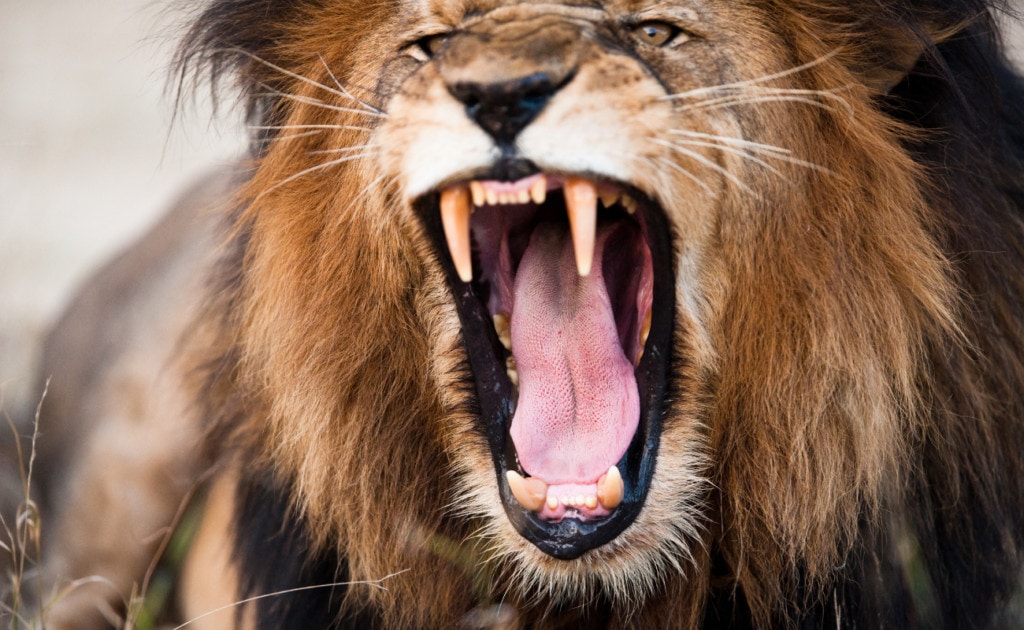
Why Does Bite Force Matter?

How Do People Calculate Or Test Bite Force?

What Determines Bite Force?
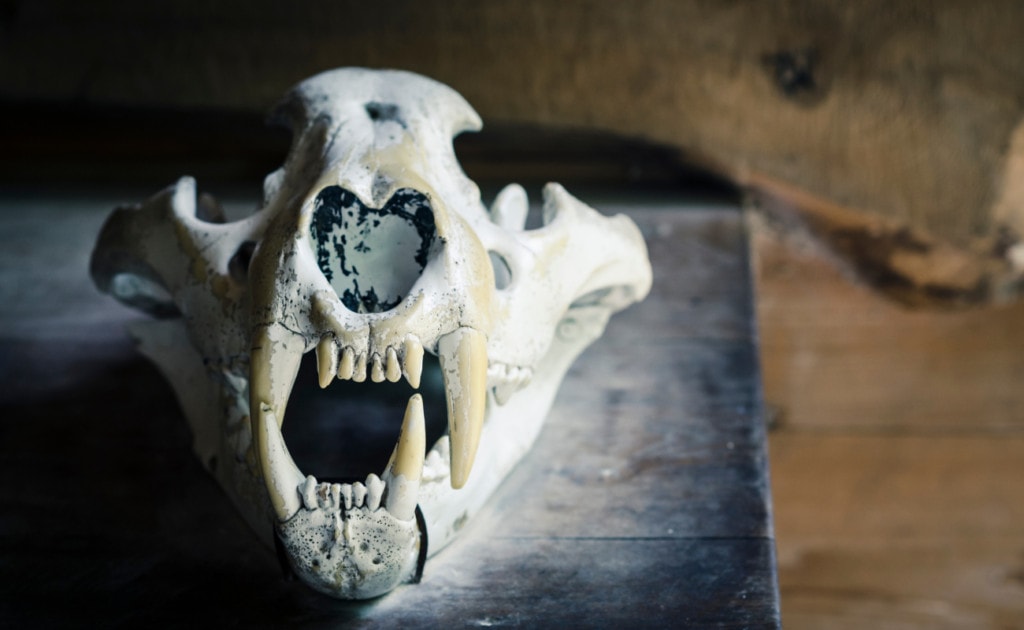
10. Tiger (1,050 psi)
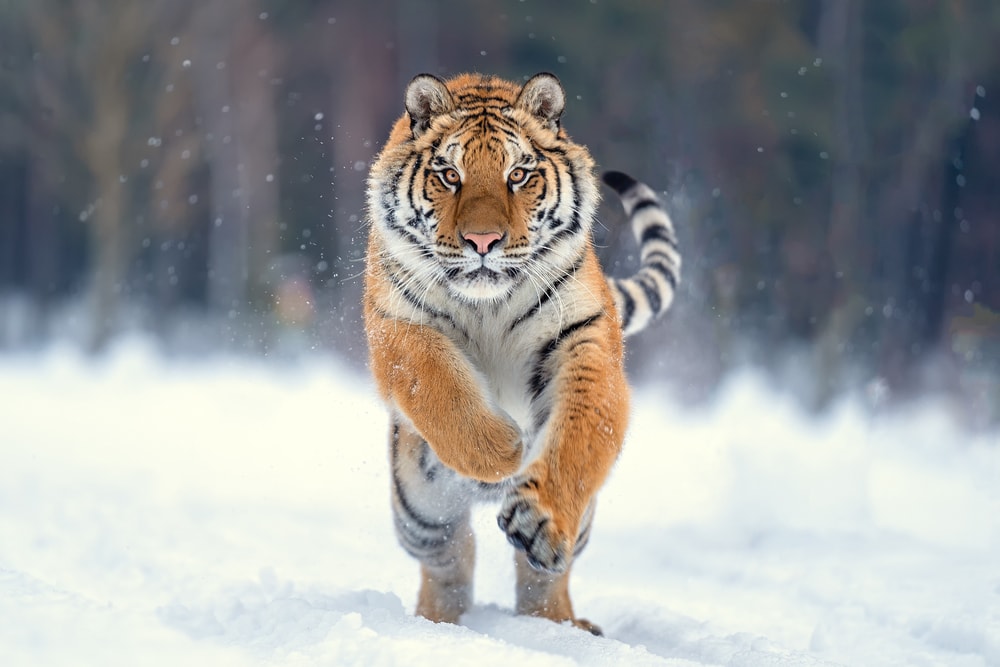
9. Spotted Hyena (1,100 psi)
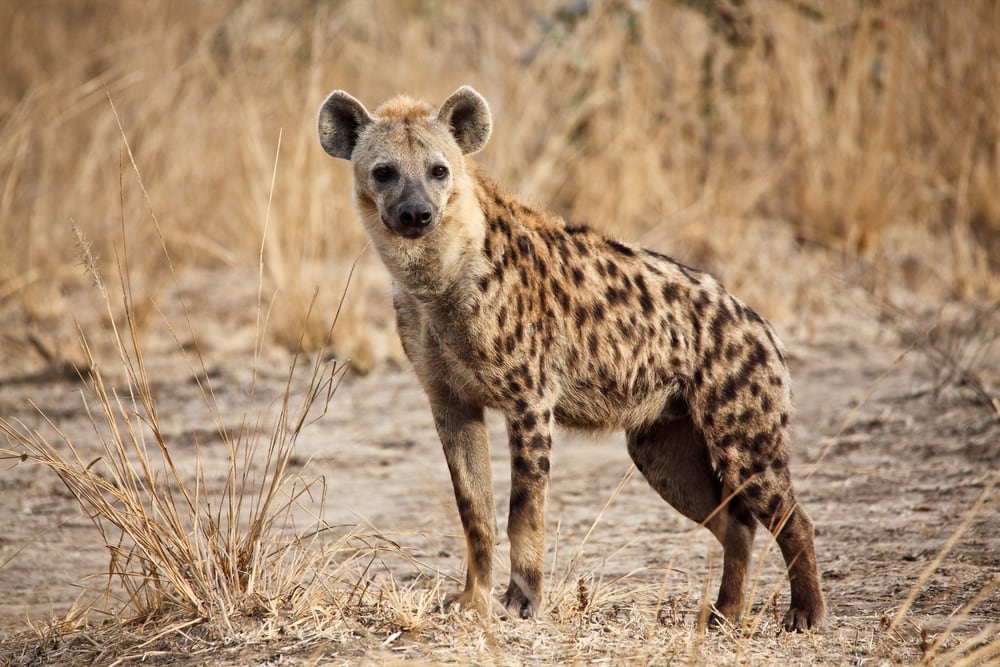
8. Grizzly Bear (1,000 to 1,200 psi)
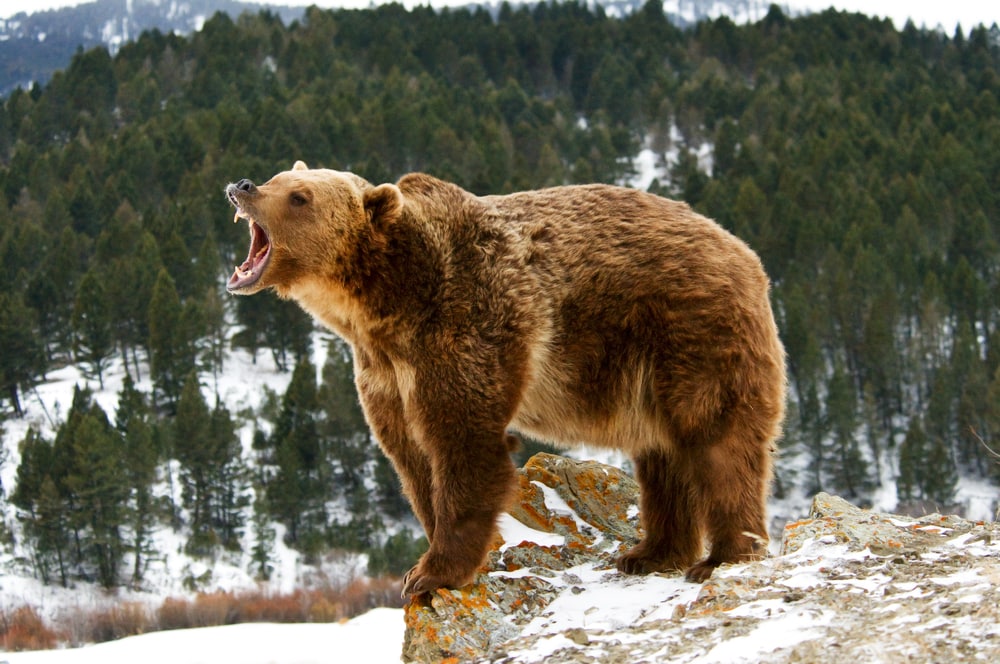
7. Polar Bear (1,200 psi)
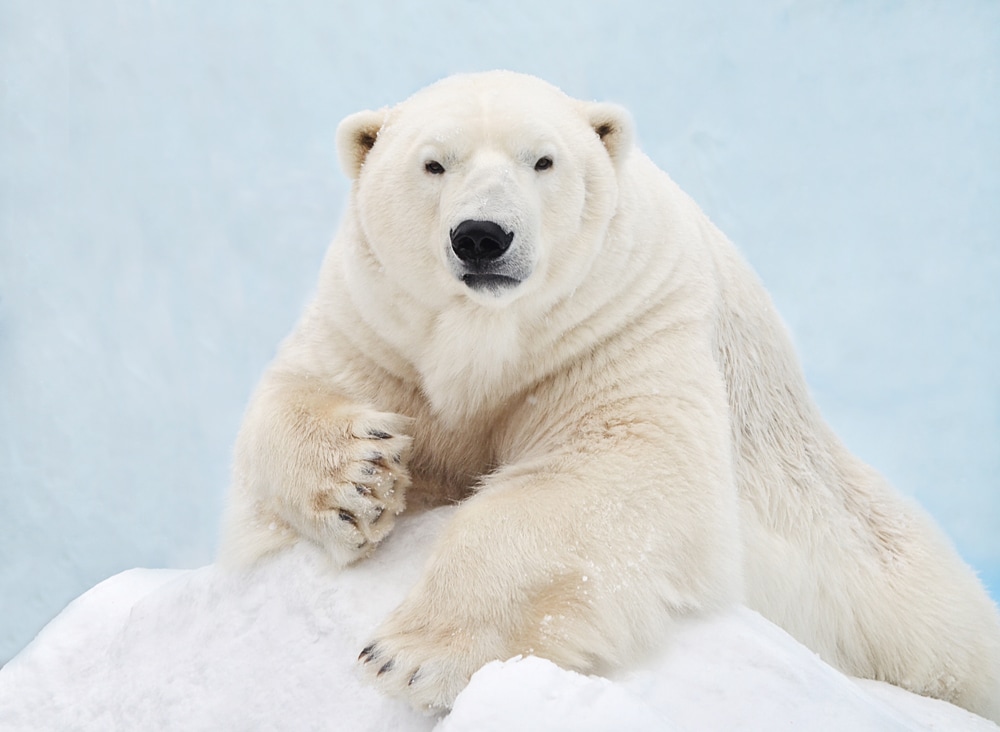
6. Gorilla (1,300 psi)
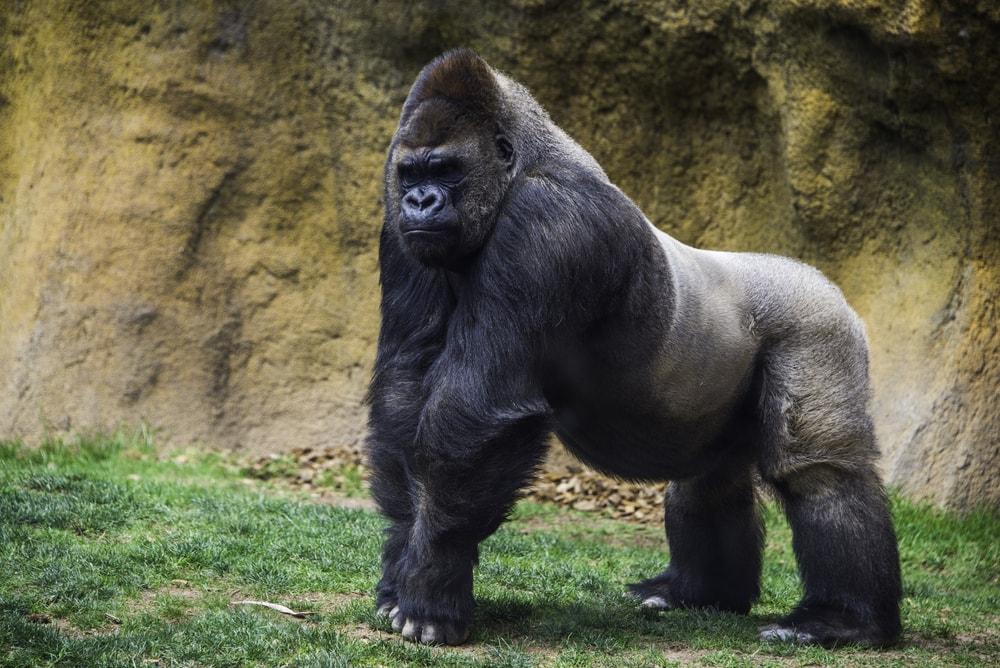
5. Jaguar (1,500 psi)
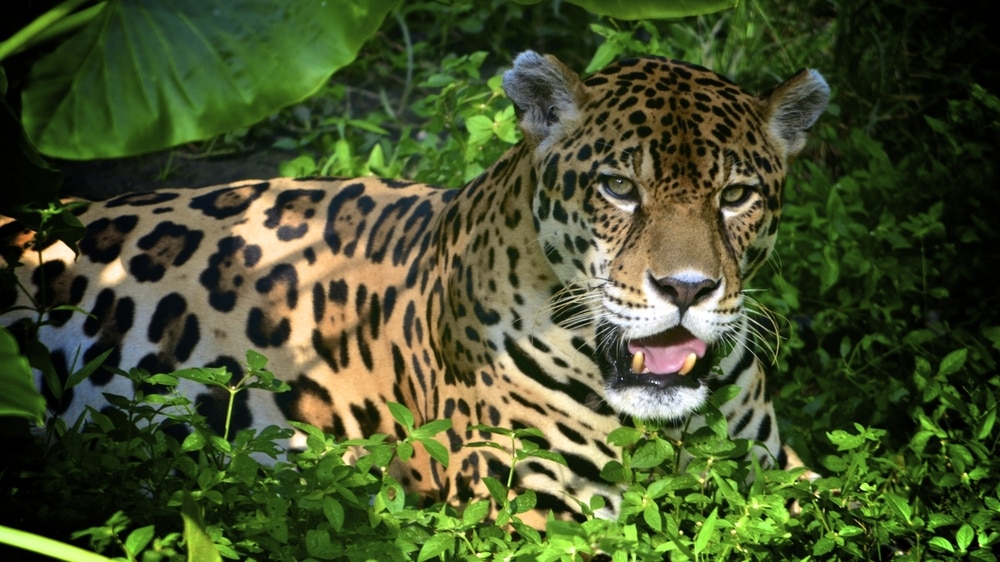
4. Hippopotamus (1,800 psi)
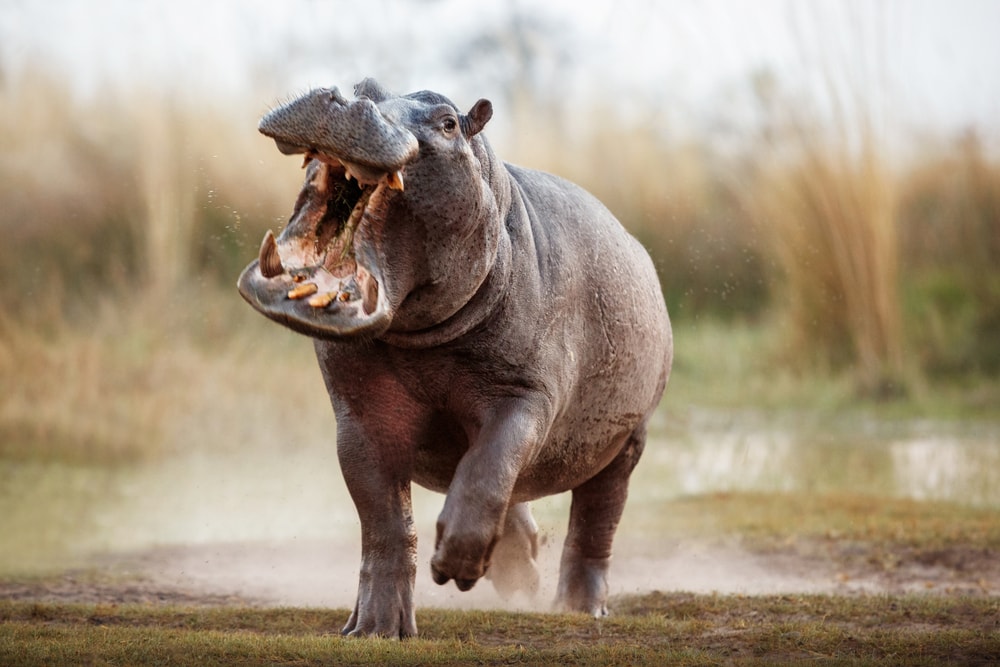
3. American Alligator (2,150 psi)
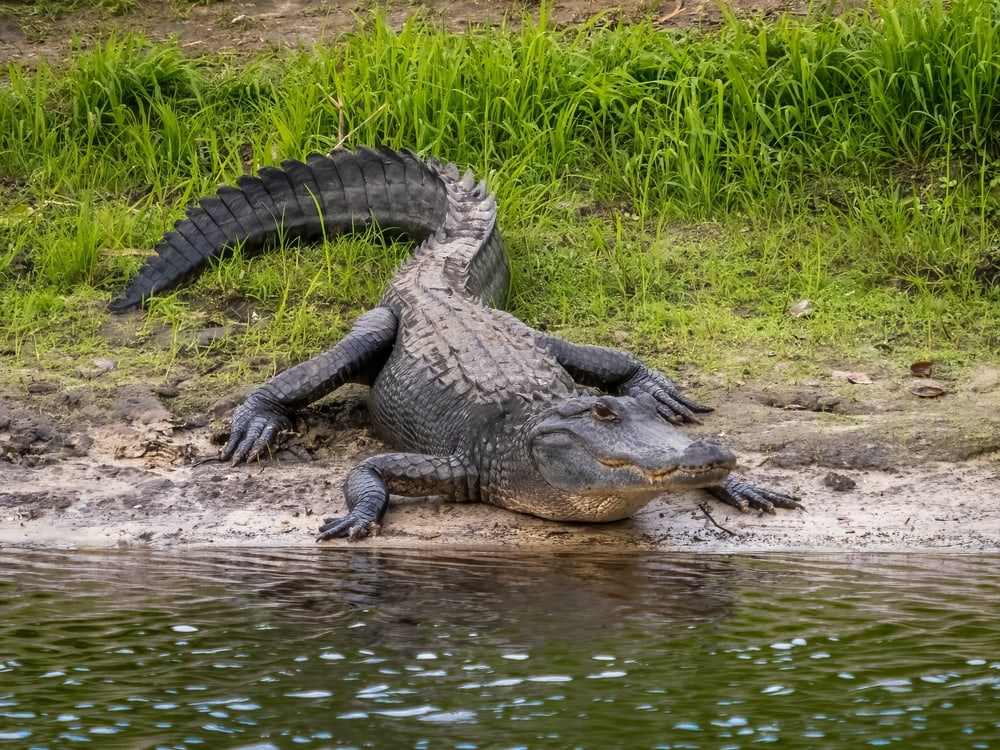
2. Great White Shark (4,000 psi)
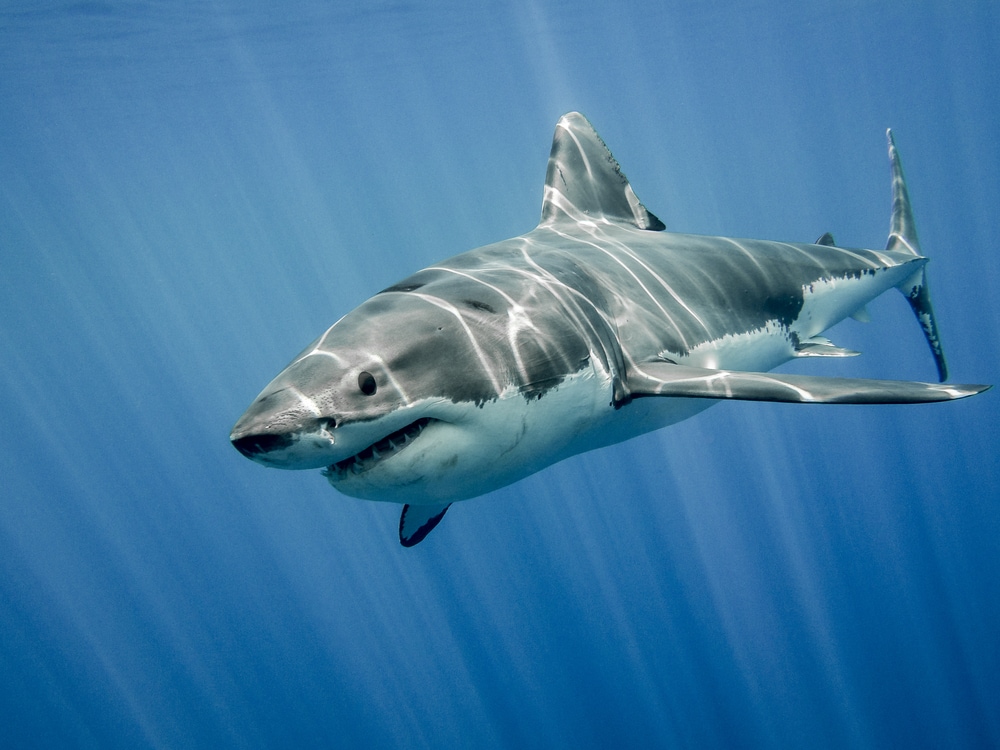
1. Saltwater Crocodile (3,700 psi)
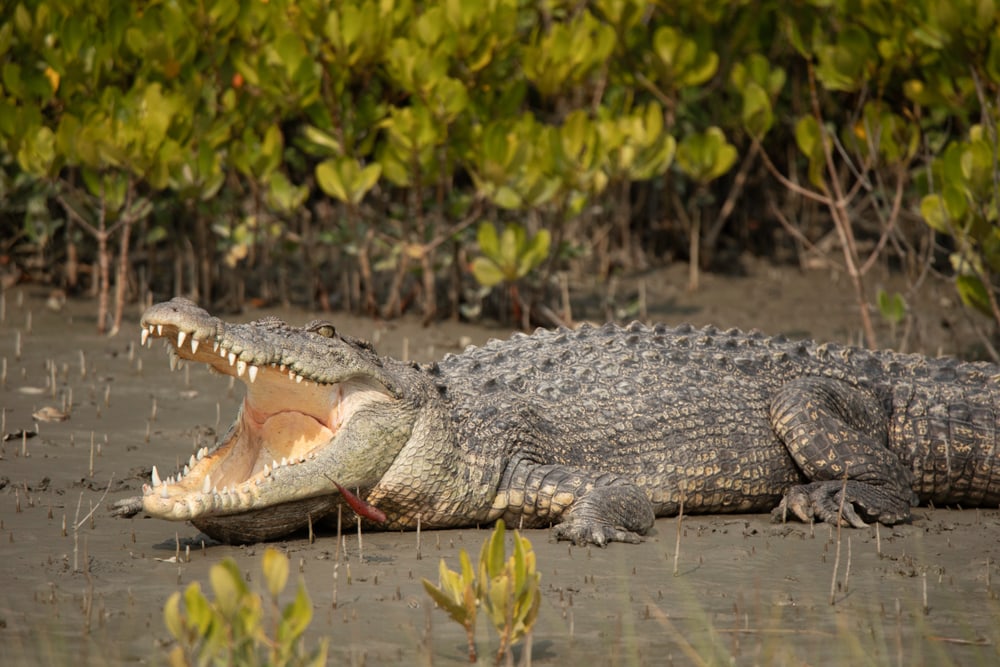
Other Bite Forces
11. Lion (650 psi)
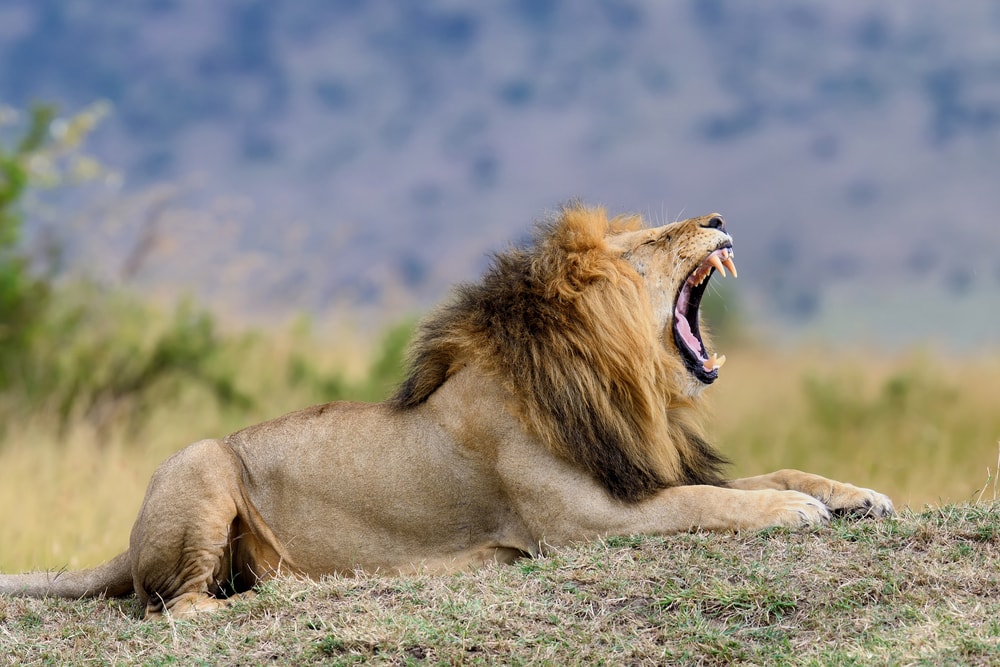
Despite their fearsome reputation and iconic status, lions only have a slightly higher bite force than mastiff dogs. They rely on hunting in groups, dragging down and suffocating prey, so they never needed a bite force as strong as the solitary tigers and jaguars.
12. Nile Crocodile (3,000 – 5,000 psi)
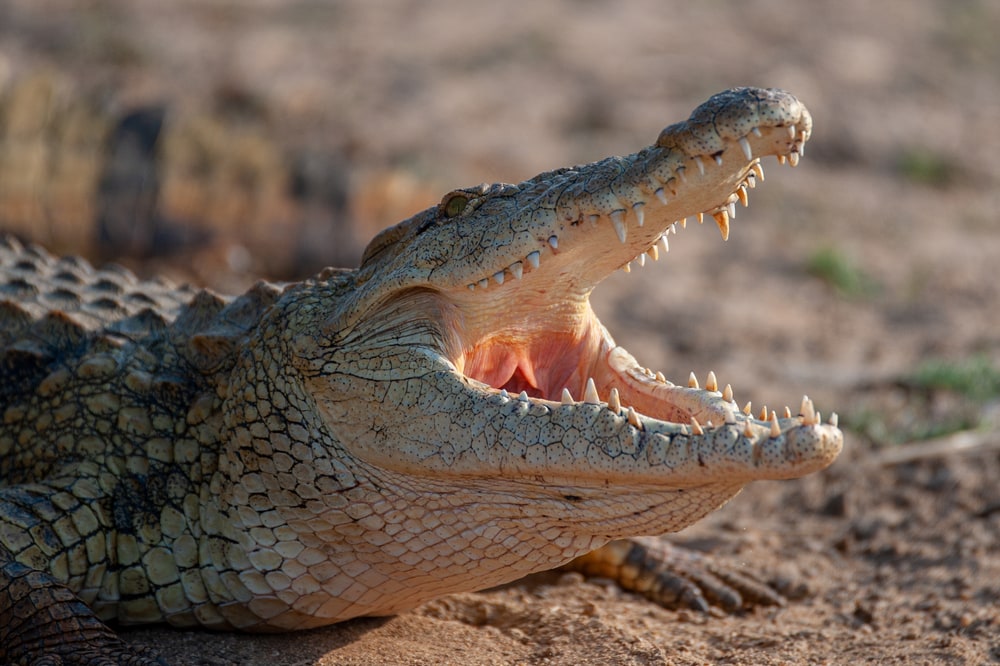
I’ve found conflicting numbers when it comes to Nile crocodiles. The one study I found only used an eight-foot (2.43 m) specimen and extrapolated that a 16-foot (4.87 m) specimen would have a bite around 3,000 PSI. I also found people who believed the bite could exceed 5,000 PSI. In the end, it was too murky to include them in the above top ten, but they likely have the strongest bite force behind saltwater crocodiles and white sharks.
13. Bull Shark (478 psi)
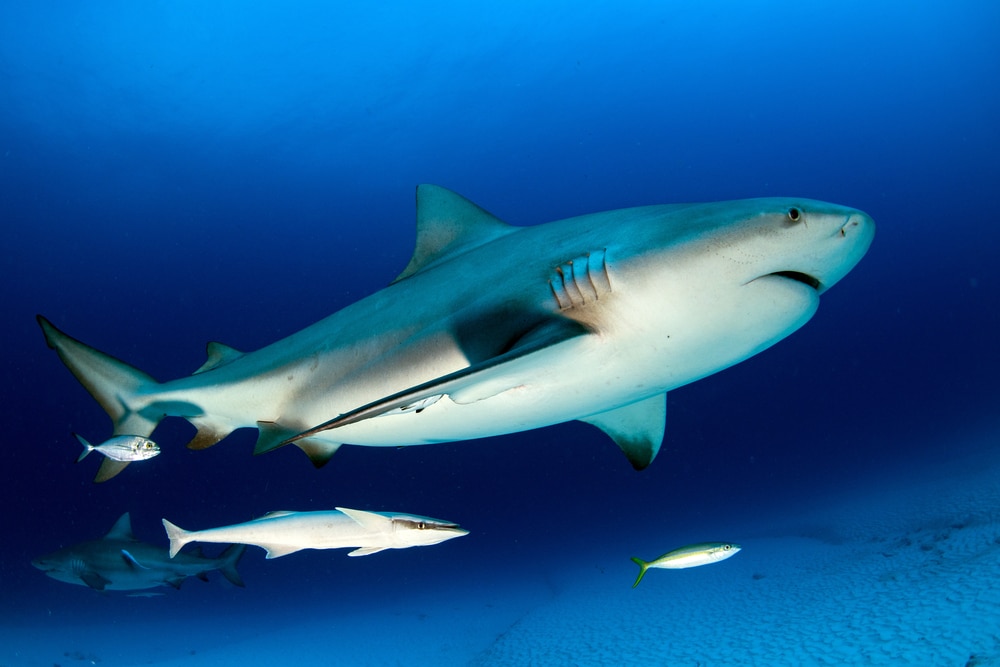
Bull sharks have the strongest bite of any shark when you factor in body size. They’re much smaller than white sharks, reaching typical sizes of nine feet and around 800 pounds. White sharks of a similar size would only be capable of around 360 PSI.
14. Black Piranha (72 psi)
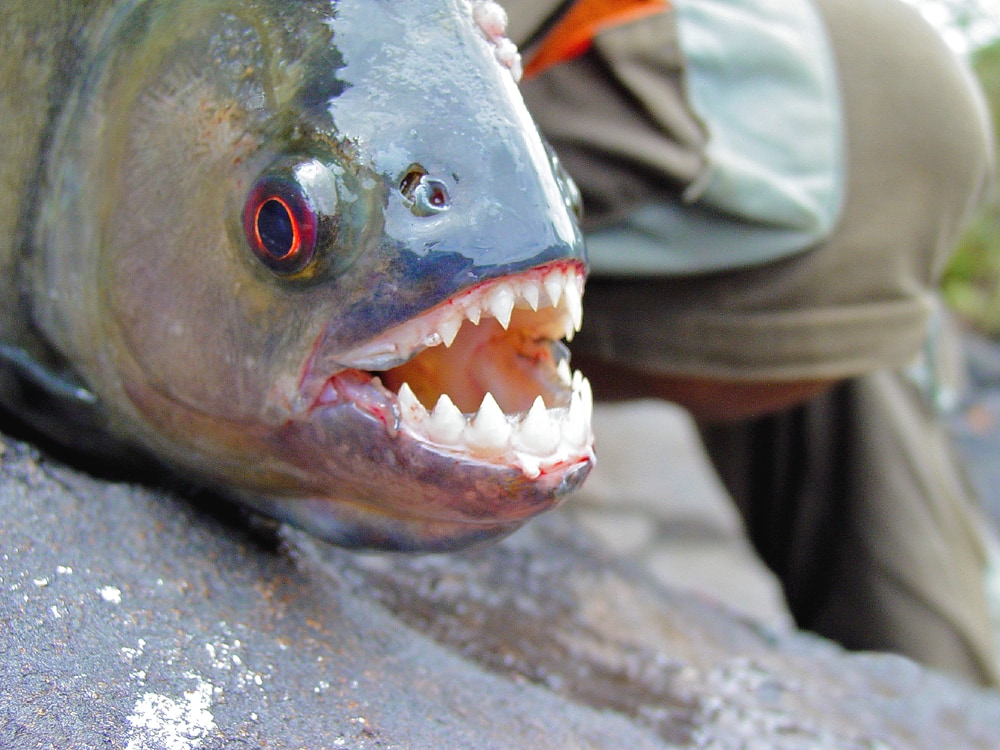
You’re probably looking at the measly 72 PSI bite force of a black piranha and wondering why it got mentioned here. Black piranhas grow to around a foot in length and at most weigh in around eight pounds (3.62 kg). Their bite force of 72 PSI is massive in comparison to their body weight, and this measurement came from a fish weighing only around 2 ½ pounds (1.13 kg).
15. Tasmanian Devil (200 psi)
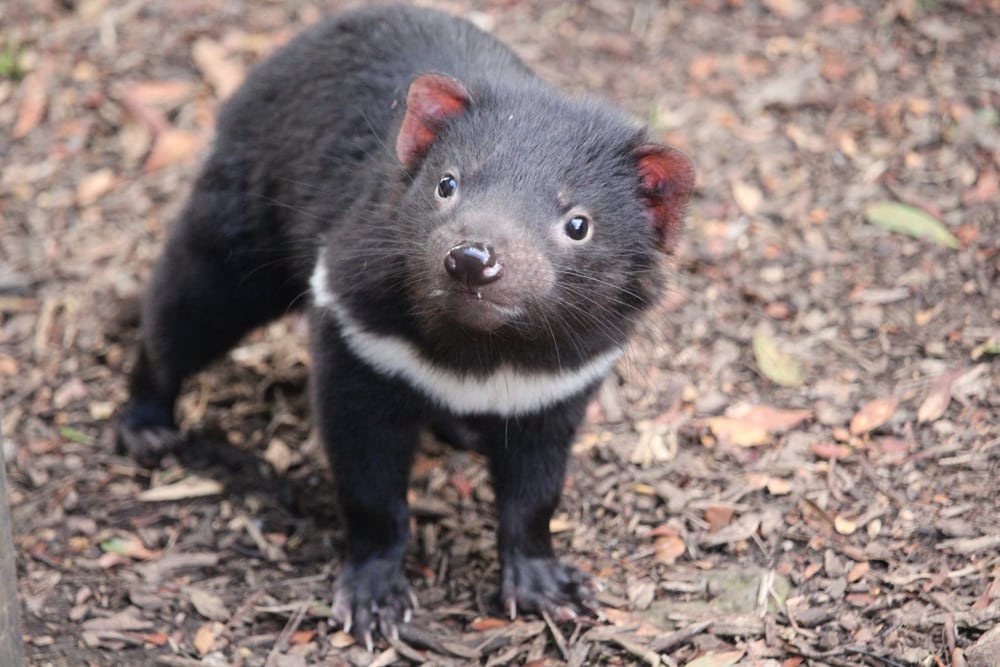
16. Orcas (19,000 psi)
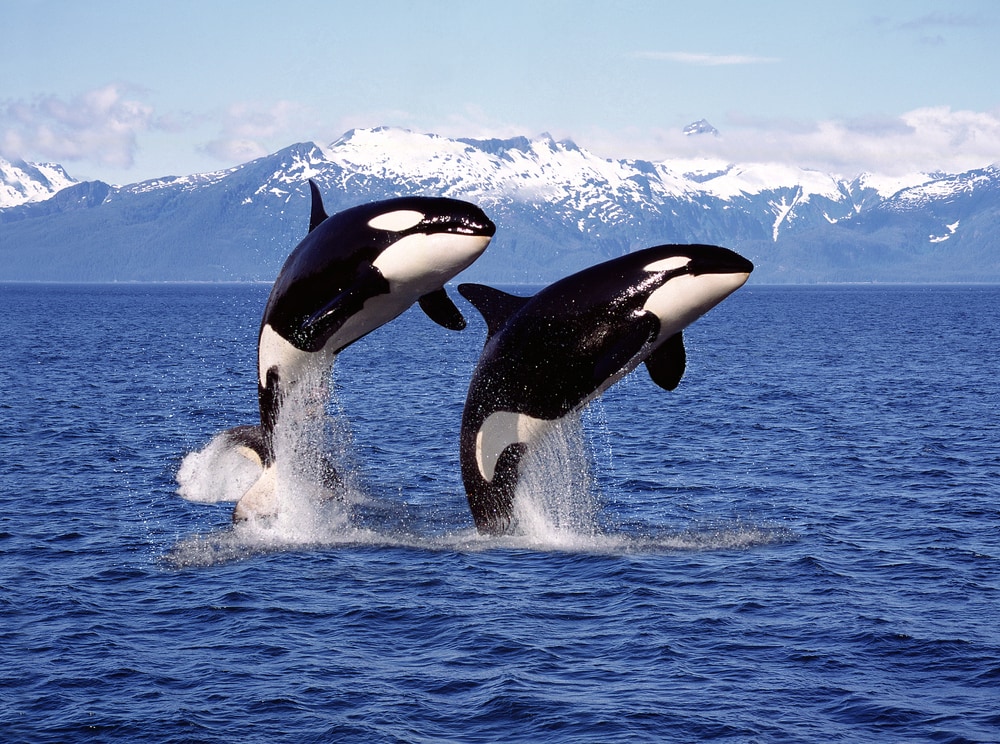
While also untested, a killer whale can theoretically exert 19,000 psi in bite force. This is mainly due to their sheer size, as they can weigh up to six tons (6096.28 kg) and reach thirty feet (9.14 m) in length. Most evidence is based on simulations, theory, and captive whale studies, so it did not merit a spot on the list.
You may also like: Learn the 21 Amazing Types of Whale Found on the Ocean: Complete with Images, Facts, and More!
Strongest Bite Force By Type of Animal
Mammal
Reptile
Fish
You may also like: Meet the 25 Amazing Types of Sharks: Complete with Images, Fun Facts, Infographic, and More!
Human Bite Force: Comparison With Humans

What About Dinosaurs?
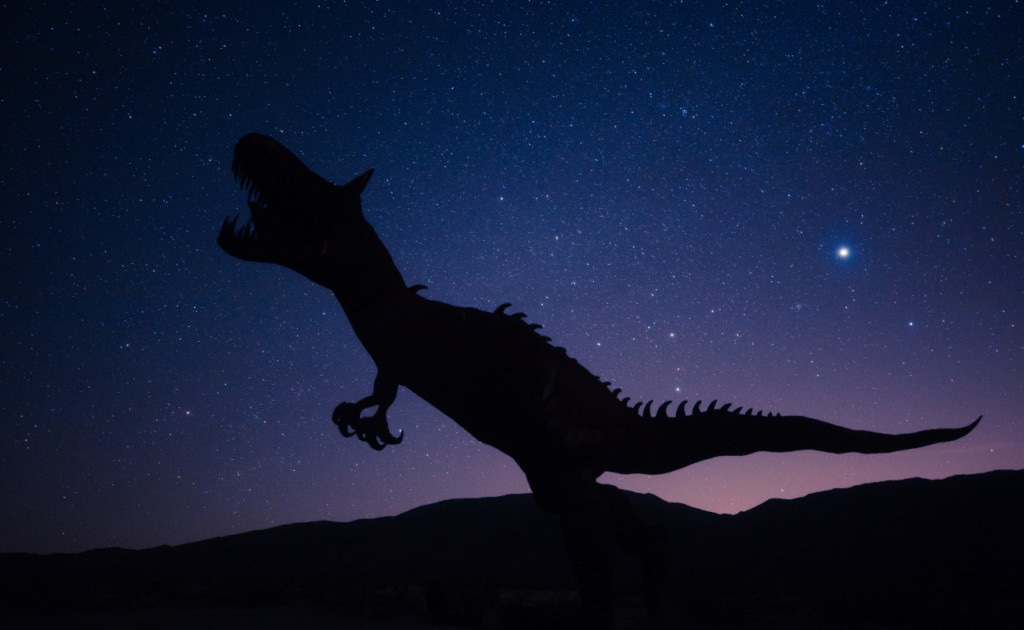
Some of the largest and most powerful creatures to ever roam the Earth are now extinct. Apex predator dinosaurs like the Tyrannosaurus Rex and unmatched marine predators like the megalodon had incredibly strong jaws and crushing bite forces.
How Would We Even Know?
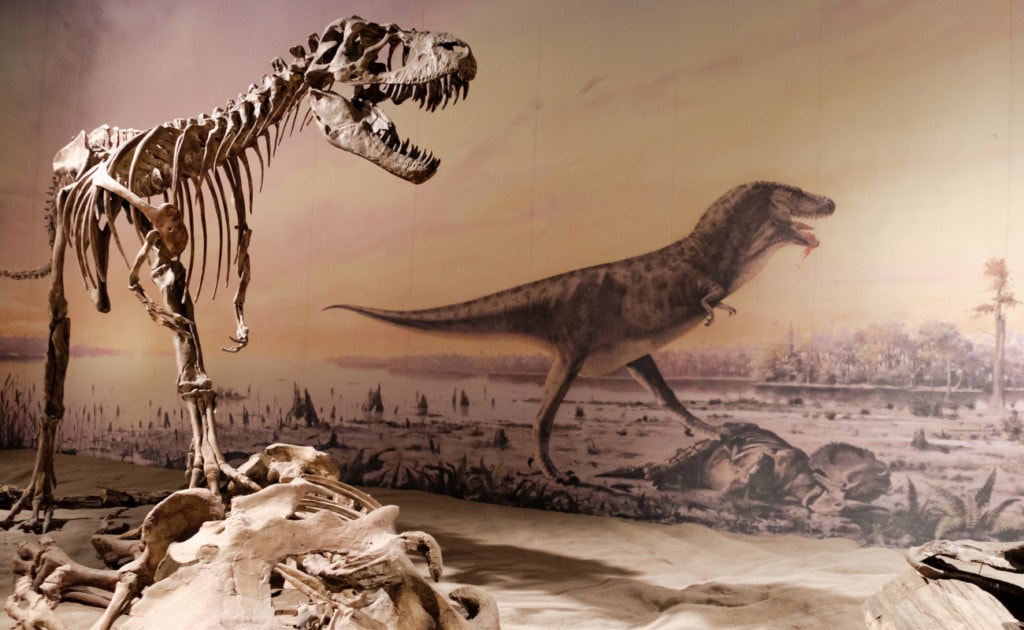
Strongest Dinosaur Bite Force
1. Megapiranha
The now extinct relative of modern-day piranhas, mega piranha, grew to around thirty pounds. Just like its ancestors living among us today, it had an incredibly strong bite for its size. In theory, mega piranha was capable of a bite between 279 and 1,067 psi.
2. Megalodon
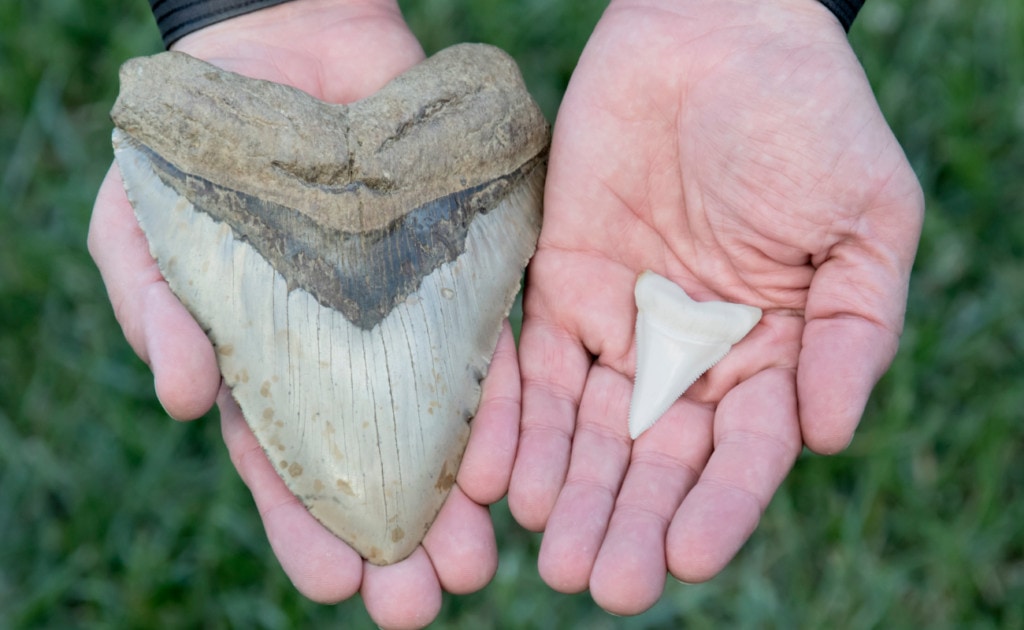
3. T-Rex
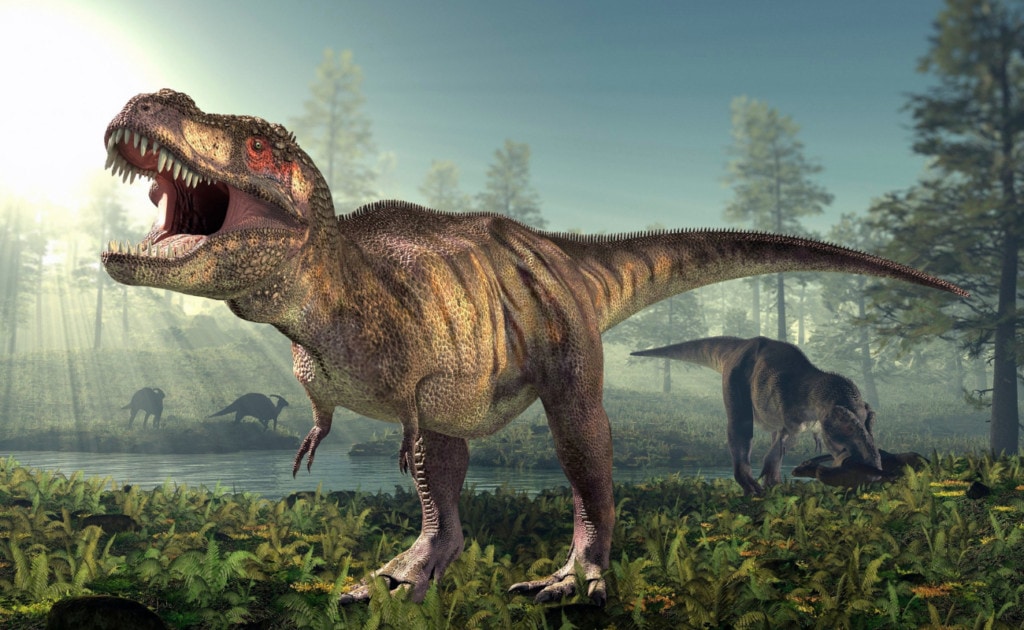
The infamous T-rex boasts likely one of the strongest overall bite forces of any land animal to ever exist. Their jaws were capable of putting out a force of over 35,0000 psi. This would have been extra helpful to take down the large megafauna it coexisted with and preyed on.








































